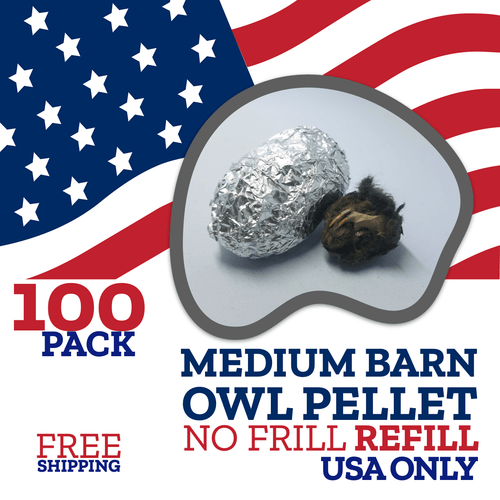|
Great Horned Owls you’ll recognize immediately by the feather tufts they have on their heads! These owls can be found throughout North America year-round.1 They’re a very common owl to find in many different habitats throughout our continent.2
Depending on what region they live in, their coloring will vary. For example, those in the eastern region of North America will have more of an orange coloring on their face, while those in the southwest are gray, and those in the Pacific have much darker coloring.1
These owls are nocturnal and will spend their nights hunting animals like mice, squirrels, skunks, and even other owls.2&3 They stand between 18 and 24 inches tall, with a wingspan between 40 and 57 inches.3
When it comes to their nests, Great Horned Owls will take over old nests from other bird species like hawks or crows. Females will lay two or three eggs in this nest and will incubate the eggs for about a month. When it comes to feeding the offspring, the male will help out, too.2
Great Horned Owls live a long time – usually in the wild they’ll be around for 13 years and longer than that in captivity. They don’t really face threats from other animals, except for maybe other Great Horned Owls or Northern Goshawks.4
Do you have other questions about Great Horned Owls? Let us know and we’ll be sure to cover it!
|








